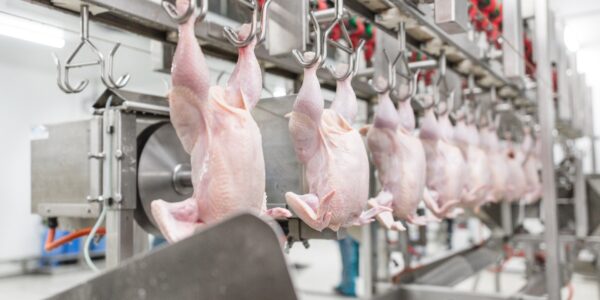Automation has taken over in many industries, and it is getting a toehold in many more. Meat packing is one in which the challenges may outweigh the advantages.
Pros and cons of robot butchers
At first glance, meatpacking seems like an obvious candidate for automation. The meat packing industry is notorious for its physically demanding and often hazardous work. Robots can handle repetitive and strenuous tasks, reducing the risk of worker injuries and improving overall worker well-being. Robots may also maintain a higher level of cleanliness and hygiene in meat processing environments, as they do not introduce contaminants or require personal protective equipment. Robots excel at tasks requiring precision and accuracy. In meat packing, this could mean fewer errors in portioning, packaging, and quality control.
On the other hand, robots have trouble distinguishing meat from bone. They have trouble handling variable objects, and every animal is different from every other animal. The result is a higher level of waste. Sophisticated sensors can help with these issues, but they may not fare well in a harsh wash down environment (although Indramat components are known for their ability to handle tough environments). It can be difficult to integrate robots into existing workflows, too. Human workers in meat processing plants currently work shoulder to shoulder in a setting full of blades and potential health and safety risks. Fitting robots into the plants can be challenging.
Labor shortages provide motivation
Without readily available appropriate technology, meat packing plants are behind many other industries when it comes to automation. While there are some large experimental efforts going on, actual meat packing plants usually are not making the investment in automation.
However, labor shortages could change that. The pandemic was very disruptive for meat and poultry processing plants, and the work of deboning chickens or slicing up pork or beed carcasses is not always appealing to workers if they have other options. The difficulty of keeping a plant staffed with human workers can make the up-front costs of automation seem less daunting.
